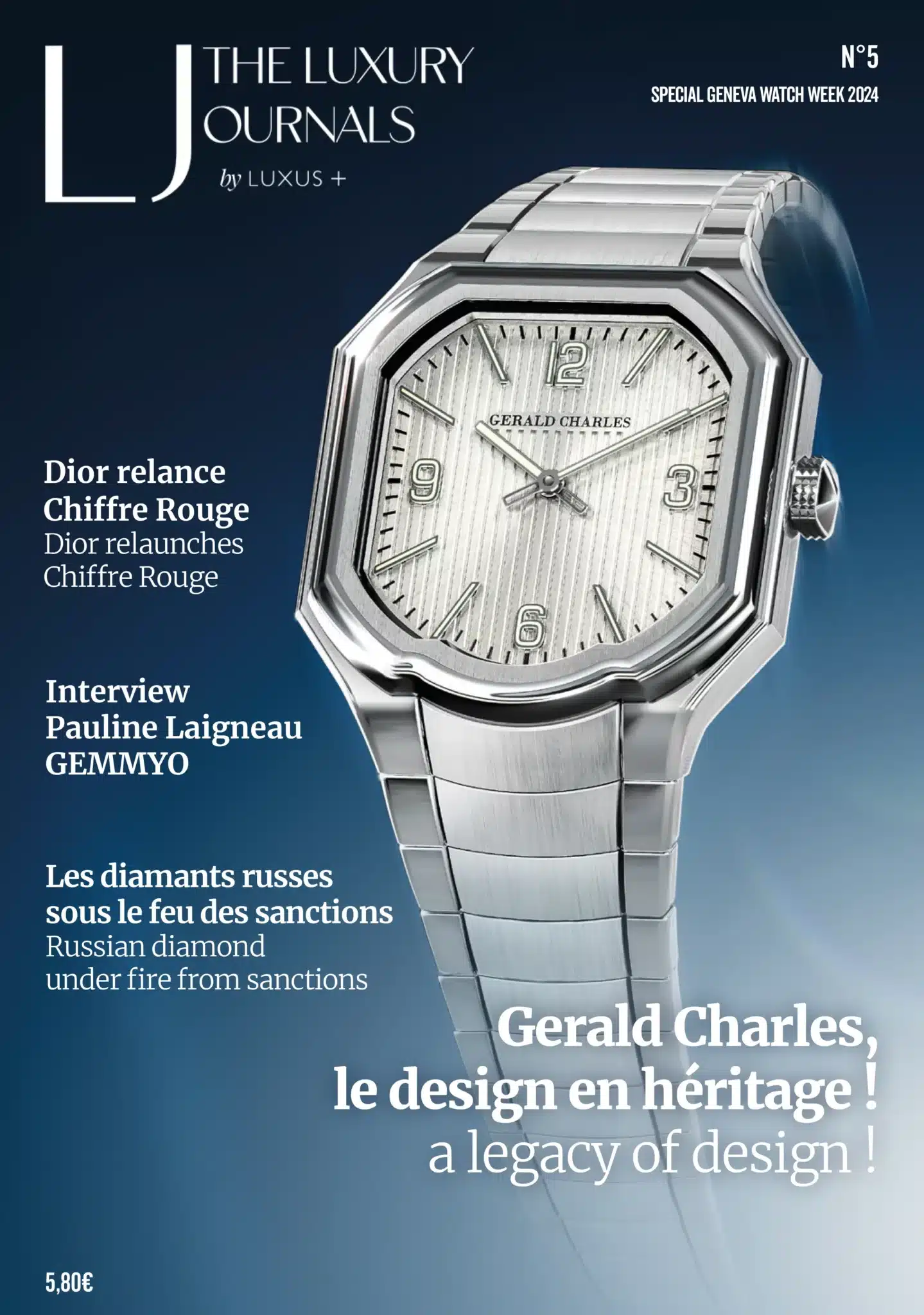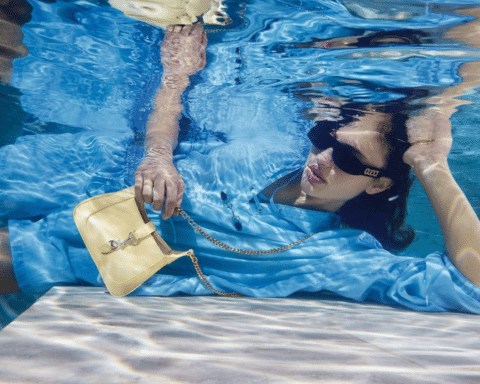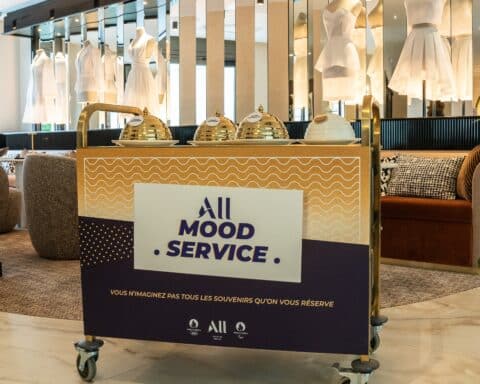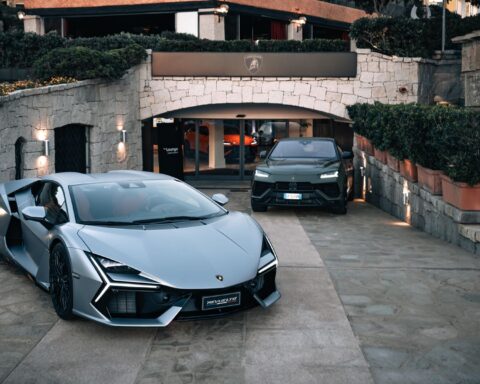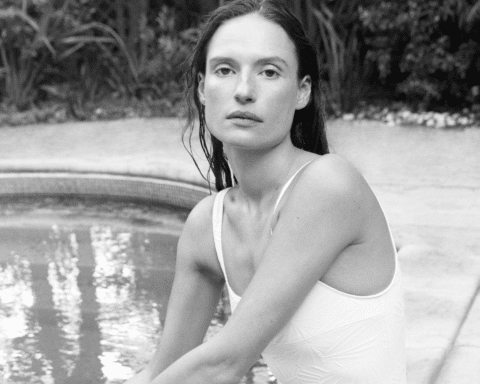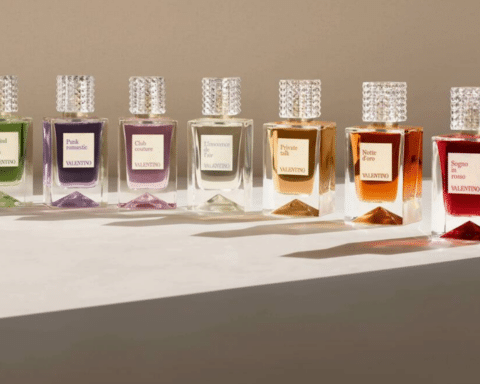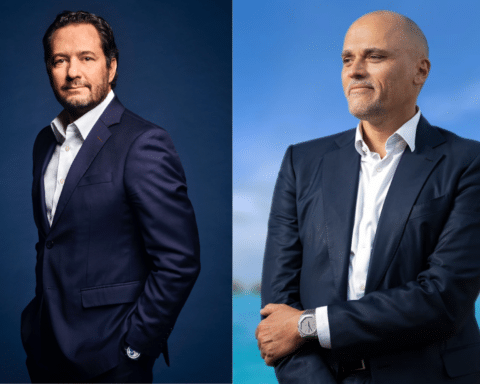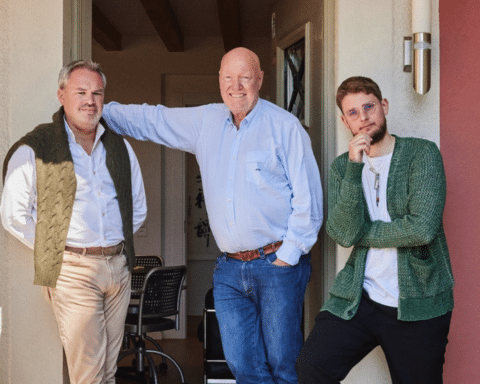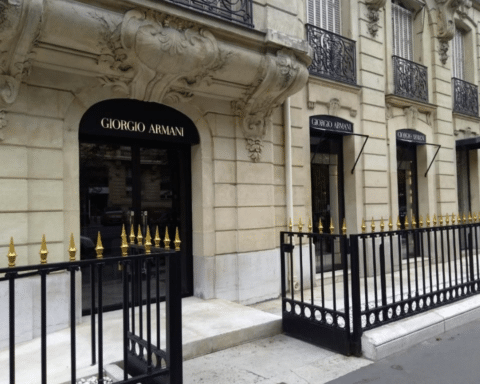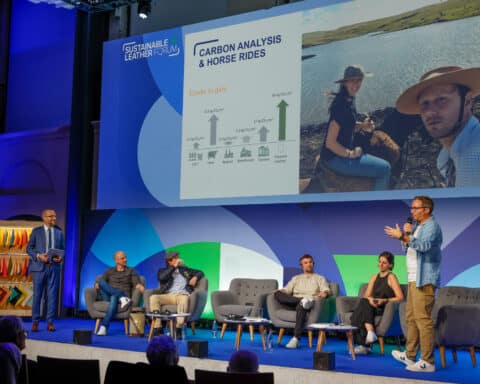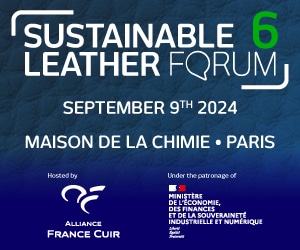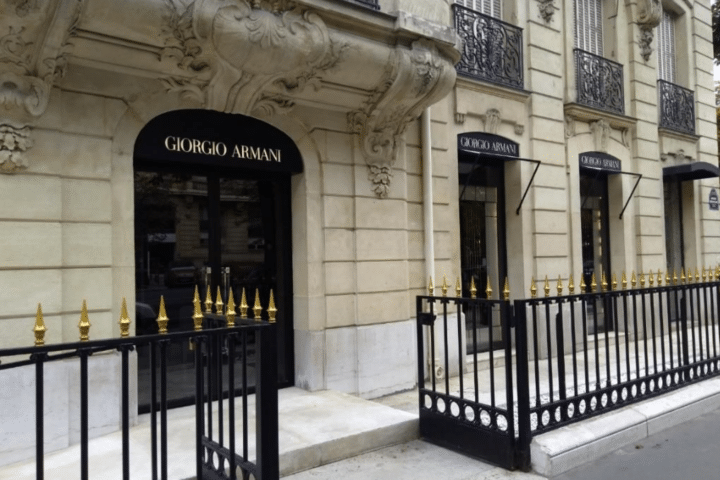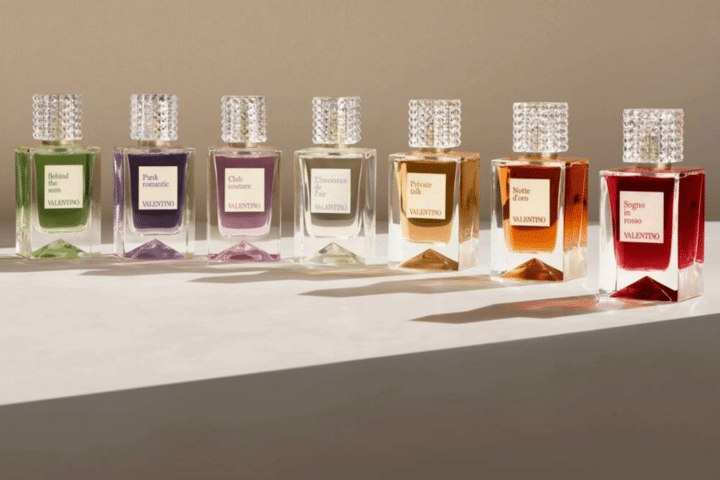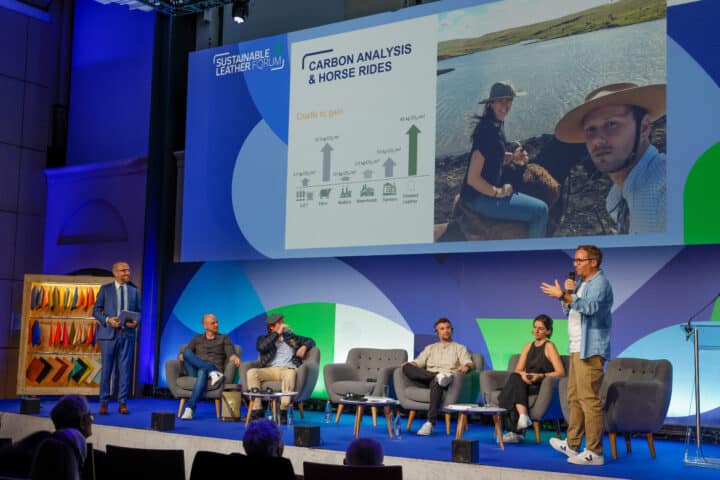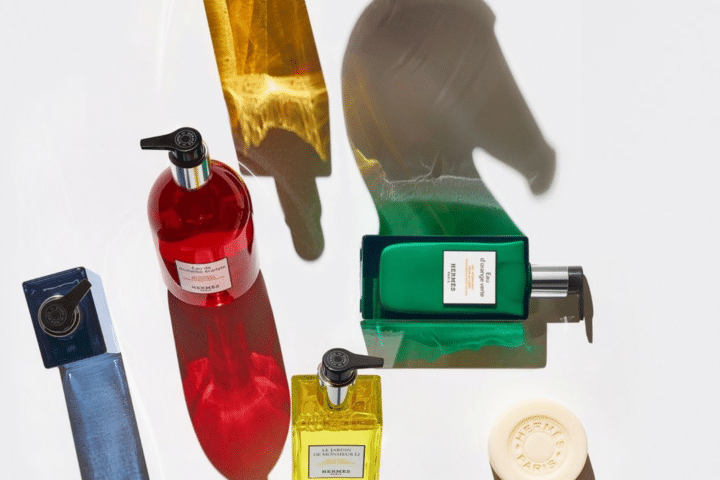[vc_row njt-role=”people-in-the-roles” njt-role-user-roles=”administrator,editor,author,armember”][vc_column][vc_column_text]
Bain & Company and the Altagamma Foundation, the trade association of Italian luxury brands, today published their Spring 2023 report on the personal luxury goods market. And its tone is rather optimistic, even if several challenges, including that of sustainable development, await the players around the corner.
The global luxury goods market achieved a record year in 2022, reaching a value of €345 billion, despite geopolitical tensions and macroeconomic uncertainty. This momentum was maintained in the first quarter of 2023, with growth of between 9% and 11% compared to the first quarter of 2022. This is one of the key findings of the Luxury Goods Worldwide Market Study Spring 2023, just published by Bain & Company and the Altagamma Foundation, the trade association of Italian luxury brands.
The study attributes this growth in the first quarter of 2023 to a number of factors, including the gradual easing of hyperinflation, the restoration of consumer confidence in Europe, the reopening of China, which lifted the restrictions of its zero Covid policy before the Chinese New Year, and positive momentum in Japan and Southeast Asia, supported by intra-regional tourism.
However, the situation needs to be qualified by geographical region. A slowdown is expected in the United States, where consumers are cautious in the face of a possible recession.
Regional disparities
Despite unused savings of around $900 billion, the United States has already cut spending in the face of economic uncertainty. Wealthier US customers are holding out, but shifting some of their spending abroad as price differentials widen. Against this backdrop, American luxury consumers are focusing on the purchase of prestigious pieces. We are also witnessing a rebalancing of the luxury map. Major players such as New York and California are regaining their place at the forefront, while tourist destinations such as Hawaii and Las Vegas are slowly climbing back up the slope without yet reaching the record levels of 2019.
Europe has started the year strongly, recording solid first-quarter performances, mainly thanks to its largest customers. However, the region is gearing up for a “litmus test” that will test its resilience over the summer, as the steady influx of tourists from the US and Middle East over the first half of the year is set to taper off. However, in recent months, Europe has seen the return of its first Chinese tourists, and an increasingly steady return is expected later in the year.
Mainland China, which saw growth in the first quarter, should also see a further increase this year, enabling some brands to return to 2021 levels. Meanwhile, the Asian market is undergoing changes, with the emergence of new luxury hubs. Since the reopening of the country, Hong Kong and Macau have become major tourist destinations for the Chinese, recording strong growth (with a market value of around 5 billion euros in 2022). Southeast Asia continues its impressive growth, supported by spending by Russian tourists, the arrival of the first Chinese consumers and a growing appetite for jewelry and watches (with a market value of around 12 billion euros in 2022).
South Korea, on the other hand, is slowing down, although the travel-retail sector there is stimulated by spending by tourists from Southeast Asia (with a market value of around 21 billion euros in 2022). Japan is once again becoming a rising star for the sector: while local customers are maintaining their spending pace, growth is coming from foreign tourists fond of trendy accessories, reaching a market value of around 24 billion euros in 2022).
Buy less but better
The study reveals an upmarket trend across all product categories, driven by iconic pieces and ultra-luxury goods, with customers favoring “less but better” purchases. The best-performing categories are watchmaking, with growth stimulated by iconic models from a number of major brands, and jewelry, notably thanks to haute joaillerie pieces. Iconic bags also play a driving role, as they are increasingly perceived as valuable assets. Shoe sales, which are booming in Asia but slowing down in the Western world, are not limited to sneakers alone. In the beauty sector, the study highlights growth in fragrances, supported by specialized offers and a resurgence in duty-free purchases, while make-up and cosmetics continue to follow positive and encouraging trends.
“Luxury is living in a new era that could be called the era of the ‘literal me’: customers are no longer just looking for status and aspirational items, they want unique products”, says Joëlle de Montgolfier, Research Director of Bain’s Global Luxury Division. “Many new brands are outperforming, but they are competing head-on with the luxury giants. To remain relevant in the long term, these brands will have to continue to nurture their rebellious spirit, deploy their founder’s vision, launch ‘star’ products, while equipping their organization to support long-term growth.”
In terms of distribution channels, the travel retail sector is finally recovering after a long wait, thanks to the dynamic performance of Southeast Asia and Japan. Wholly-owned stores have continued their sustained growth since 2022, fuelled by a growing interest in in-store experiences, which integrate both the connection with the product and the relationship with sales ambassadors.
Key challenges and opportunities ahead
The Bain and Altagamma report notes that, over the next three years, luxury brands will face regulatory pressures in terms of sustainability. They will be obliged to take measures to reduce greenhouse gas emissions from their value chain. But they will also have to find ways to dissociate the expected growth in their activities from the absolute growth in harmful emissions.
Artificial intelligence will also have an impact on all stages of the luxury value chain, from distribution to creativity, although its influence is still limited. It is revolutionizing the skills required in all functions. As we’ve seen with the transition to digital, tomorrow’s leaders will be those able to stay one step ahead and create a competitive advantage by leveraging new technologies.
“The luxury sector is entering a new phase, after the growth following the pandemic. New criteria of performance and resilience will separate the winners from the losers”, says Mathilde Haemmerlé, Bain partner in charge of the Luxury division in France. “Brands that want to succeed must develop 360° knowledge of their customers, balance their exposure to different regions, and offer both timeless, iconic pieces and unforgettable experiences.”
Read also >The luxury market flourishes in Vietnam
Featured photo : © Shutterstock[/vc_column_text][/vc_column][/vc_row][vc_row njt-role=”not-logged-in”][vc_column][vc_column_text]
Bain & Company and the Altagamma Foundation, the trade association of Italian luxury brands, today published their Spring 2023 report on the personal luxury goods market. And its tone is rather optimistic, even if several challenges, including that of sustainable development, await the players around the corner.
The global luxury goods market achieved a record year in 2022, reaching a value of €345 billion, despite geopolitical tensions and macroeconomic uncertainty. This momentum was maintained in the first quarter of 2023, with growth of between 9% and 11% compared to the first quarter of 2022. This is one of the key findings of the Luxury Goods Worldwide Market Study Spring 2023, just published by Bain & Company and the Altagamma Foundation, the trade association of Italian luxury brands.
The study attributes this growth in the first quarter of 2023 to a number of factors, including the gradual easing of hyperinflation, the restoration of consumer confidence in Europe, the reopening of China, which lifted the restrictions of its zero Covid policy before the Chinese New Year, and positive momentum in Japan and Southeast Asia, supported by intra-regional tourism.
However, the situation needs to be qualified by geographical region. A slowdown is expected in the United States, where consumers are cautious in the face of a possible recession.
Regional disparities
Despite unused savings of around $900 billion, the United States has already cut spending in the face of economic uncertainty. Wealthier US customers are holding out, but shifting some of their spending abroad as price differentials widen. Against this backdrop, American luxury consumers are focusing on the purchase of prestigious pieces. We are also witnessing a rebalancing of the luxury map. Major players such as New York and California are regaining their place at the forefront, while tourist destinations such as Hawaii and Las Vegas are slowly climbing back up the slope without yet reaching the record levels of 2019.
Europe has started the year strongly, recording solid first-quarter performances, mainly thanks to its largest customers. However, the region is gearing up for a “litmus test” that will test its resilience over the summer, as the steady influx of tourists from the US and Middle East over the first half of the year is set to taper off. However, in recent months, Europe has seen the return of its first Chinese tourists, and an increasingly steady return is expected later in the year.
Mainland China, which saw growth in the first quarter, should also see a further increase this year, enabling some brands to return to 2021 levels. Meanwhile, the Asian market is undergoing changes, with the emergence of new luxury hubs. Since the reopening of the country, Hong Kong and Macau have become major tourist destinations for the Chinese, recording strong growth (with a market value of around 5 billion euros in 2022). Southeast Asia continues its impressive growth, supported by spending by Russian tourists, the arrival of the first Chinese consumers and a growing appetite for jewelry and watches (with a market value of around 12 billion euros in 2022).
South Korea, on the other hand, is slowing down, although the travel-retail sector there is stimulated by spending by tourists from Southeast Asia (with a market value of around 21 billion euros in 2022). Japan is once again becoming a rising star for the sector: while local customers are maintaining their spending pace, growth is coming from foreign tourists fond of trendy accessories, reaching a market value of around 24 billion euros in 2022).
Buy less but better
[…][/vc_column_text][vc_cta h2=”This article is reserved for subscribers.” h2_font_container=”tag:h2|font_size:16|text_align:left” h2_use_theme_fonts=”yes” h4=”Subscribe now !” h4_font_container=”tag:h2|font_size:32|text_align:left|line_height:bas” h4_use_theme_fonts=”yes” txt_align=”center” color=”black” add_button=”right” btn_title=”I SUBSCRIBE !” btn_color=”danger” btn_size=”lg” btn_align=”center” use_custom_fonts_h2=”true” use_custom_fonts_h4=”true” btn_button_block=”true” btn_custom_onclick=”true” btn_link=”url:https%3A%2F%2Fluxus-plus.com%2Fen%2Fsubscriptions-and-newsletter-special-offer-valid-until-september-30-2020-2-2%2F”]Get unlimited access to all articles and live a new reading experience, preview contents, exclusive newsletters…
Already have an account ? Please log in.
[/vc_cta][vc_column_text]Featured photo : © Shutterstock[/vc_column_text][/vc_column][/vc_row][vc_row njt-role=”people-in-the-roles” njt-role-user-roles=”subscriber,customer”][vc_column][vc_column_text]
Bain & Company and the Altagamma Foundation, the trade association of Italian luxury brands, today published their Spring 2023 report on the personal luxury goods market. And its tone is rather optimistic, even if several challenges, including that of sustainable development, await the players around the corner.
The global luxury goods market achieved a record year in 2022, reaching a value of €345 billion, despite geopolitical tensions and macroeconomic uncertainty. This momentum was maintained in the first quarter of 2023, with growth of between 9% and 11% compared to the first quarter of 2022. This is one of the key findings of the Luxury Goods Worldwide Market Study Spring 2023, just published by Bain & Company and the Altagamma Foundation, the trade association of Italian luxury brands.
The study attributes this growth in the first quarter of 2023 to a number of factors, including the gradual easing of hyperinflation, the restoration of consumer confidence in Europe, the reopening of China, which lifted the restrictions of its zero Covid policy before the Chinese New Year, and positive momentum in Japan and Southeast Asia, supported by intra-regional tourism.
However, the situation needs to be qualified by geographical region. A slowdown is expected in the United States, where consumers are cautious in the face of a possible recession.
Regional disparities
Despite unused savings of around $900 billion, the United States has already cut spending in the face of economic uncertainty. Wealthier US customers are holding out, but shifting some of their spending abroad as price differentials widen. Against this backdrop, American luxury consumers are focusing on the purchase of prestigious pieces. We are also witnessing a rebalancing of the luxury map. Major players such as New York and California are regaining their place at the forefront, while tourist destinations such as Hawaii and Las Vegas are slowly climbing back up the slope without yet reaching the record levels of 2019.
Europe has started the year strongly, recording solid first-quarter performances, mainly thanks to its largest customers. However, the region is gearing up for a “litmus test” that will test its resilience over the summer, as the steady influx of tourists from the US and Middle East over the first half of the year is set to taper off. However, in recent months, Europe has seen the return of its first Chinese tourists, and an increasingly steady return is expected later in the year.
Mainland China, which saw growth in the first quarter, should also see a further increase this year, enabling some brands to return to 2021 levels. Meanwhile, the Asian market is undergoing changes, with the emergence of new luxury hubs. Since the reopening of the country, Hong Kong and Macau have become major tourist destinations for the Chinese, recording strong growth (with a market value of around 5 billion euros in 2022). Southeast Asia continues its impressive growth, supported by spending by Russian tourists, the arrival of the first Chinese consumers and a growing appetite for jewelry and watches (with a market value of around 12 billion euros in 2022).
South Korea, on the other hand, is slowing down, although the travel-retail sector there is stimulated by spending by tourists from Southeast Asia (with a market value of around 21 billion euros in 2022). Japan is once again becoming a rising star for the sector: while local customers are maintaining their spending pace, growth is coming from foreign tourists fond of trendy accessories, reaching a market value of around 24 billion euros in 2022).
Buy less but better
[…][/vc_column_text][vc_cta h2=”This article is reserved for subscribers.” h2_font_container=”tag:h2|font_size:16|text_align:left” h2_use_theme_fonts=”yes” h4=”Subscribe now !” h4_font_container=”tag:h2|font_size:32|text_align:left|line_height:bas” h4_use_theme_fonts=”yes” txt_align=”center” color=”black” add_button=”right” btn_title=”I SUBSCRIBE !” btn_color=”danger” btn_size=”lg” btn_align=”center” use_custom_fonts_h2=”true” use_custom_fonts_h4=”true” btn_button_block=”true” btn_custom_onclick=”true” btn_link=”url:https%3A%2F%2Fluxus-plus.com%2Fen%2Fsubscriptions-and-newsletter-special-offer-valid-until-september-30-2020-2-2%2F”]Get unlimited access to all articles and live a new reading experience, preview contents, exclusive newsletters…
Already have an account ? Please log in.
[/vc_cta][vc_column_text]Featured photo : © Shutterstock[/vc_column_text][/vc_column][/vc_row]


